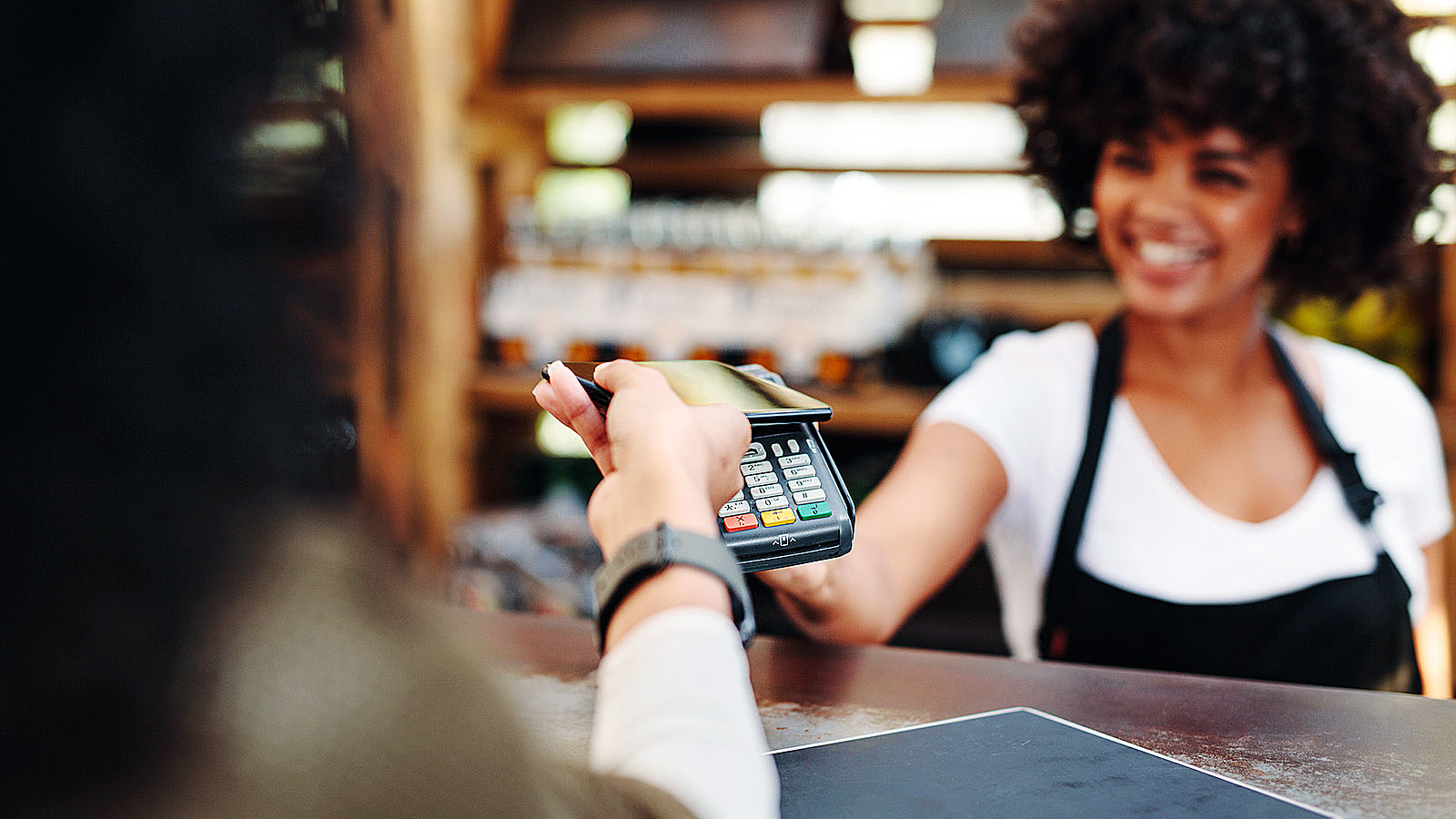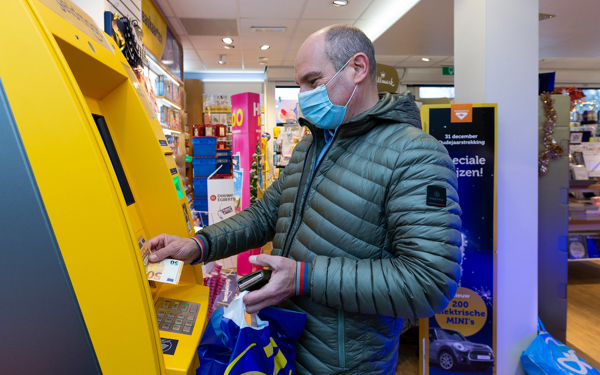Number of cash payments fairly stable in 2021
In 2021, consumers in the Netherlands made slightly fewer payments at the checkout counter than in 2020. This decline is partly due to the longer lockdown periods to combat the coronavirus (COVID-19) pandemic. In 2021, consumers made 1.2 billion purchases in cash, compared to 1.3 billion cash purchases in 2020 – a decrease of almost 11%. The number of debit card payments in 2021 was 4.5 billion, which is almost the same as in 2020. As a result, the share of all payments in cash at checkout counters fell from an average of 22% in 2020 to 20% in 2021. Prior to the pandemic, 30% of payments at checkout counters were still paid in cash.
The total value of debit card payments rose from €116.7 billion in 2020 to €122.7 billion in 2021. The value of cash payments at checkouts decreased slightly, from €21.4 billion in 2020 to €20.1 billion in 2021. The average purchase price has risen sharply in recent years. In 2019, prior to the coronavirus pandemic, the average purchase amount was €21.64. In 2021, the Dutch spent an average of €25.55 at checkout counters, an increase of more than 18%. This means the Dutch made fewer purchases, but spent more money per purchase. The increase can be partly explained by inflation: in 2021 consumer prices were 2.7% higher on average than in 2020.











